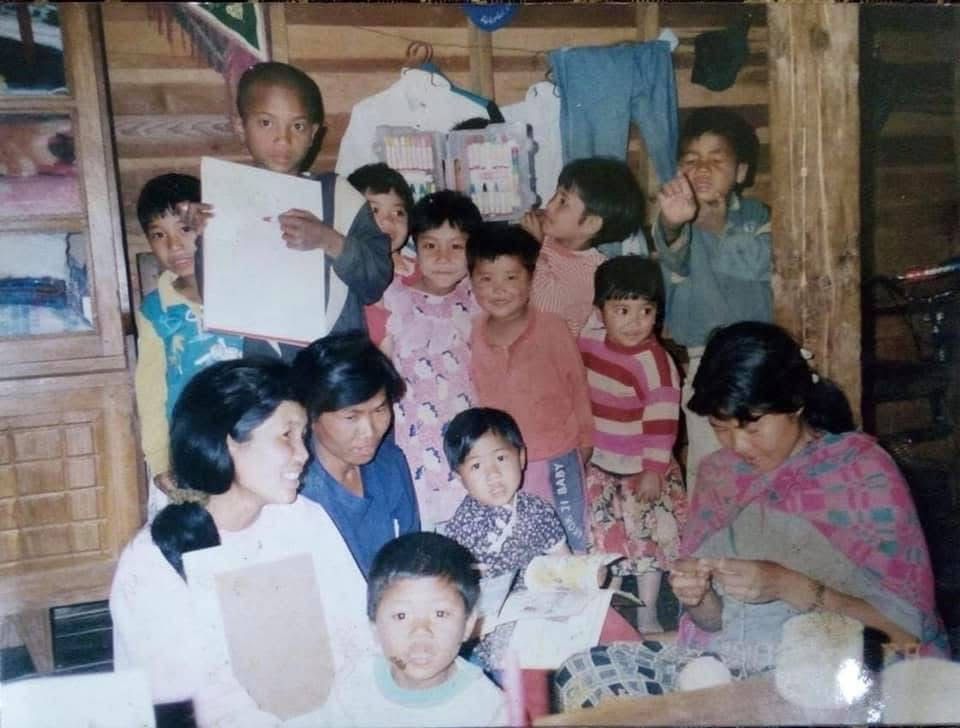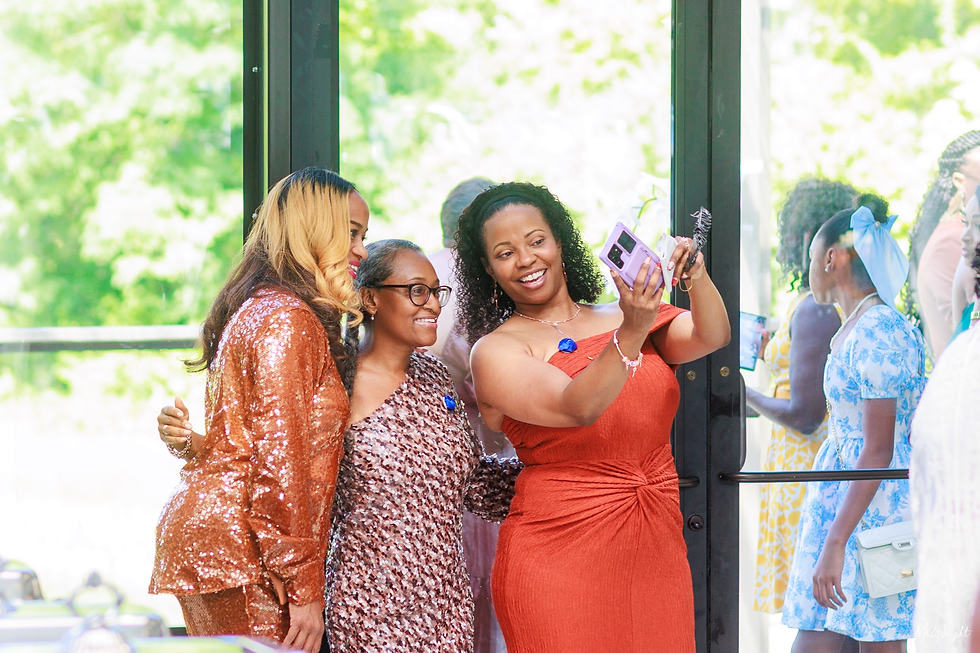Paper Takes Center Stage
- Long-Sharp Gallery
- Oct 17, 2022
- 4 min read
Updated: May 22, 2023
When the Front Page exhibit opens at Long-Sharp Gallery in downtown Indianapolis this fall, it will be newsworthy not only because all of the featured artists are female.
Equally as impressive are the myriad ways these multi-generational artists from around the globe have transformed paper into phenomenal works of art.
In her introduction to the exhibit catalogue, gallery owner Rhonda Long-Sharp writes, “The Front Page story, as told by the fourteen artists participating in this exhibition, is that paper as a medium is the equal sibling of canvas, metal, and stone.
“It is a medium for painting, printmaking, collage, and sculpture,” she continues. “It is a medium for compositions that are abstract, figurative, realist, sculptural, and more.”
The possibilities of paper are indeed on full display in Front Page and the selection of work highlights the diversity of both the medium and the participating artists.

With an age range spanning five decades, the variety in experience, points of view, and technique these artists possess come together in Front Page to create a particularly meaningful expression of both skill and imagination.
It is, as Long-Sharp writes, “a testament to artists who take a fragile piece of paper and, with their vision, empower it, redefine it, and make it their own.”
One of the youngest artists in the exhibit, Russian artist Yulia Brodskaya presents work modernizing the historical paper art of quilling. Her technique of shaping and manipulating
thin strips results in three-dimensional work she describes as painting with paper rather than on it.
“Paper as a material speaks to me deeply,” says Brodskaya. “The technique I created is my unique expression of the positive energy that I feel from every strip of paper that I use. No other medium can come close to my love for paper.”
British artist Rose Electra Harris is another of the younger artists in the exhibit, and she also feels a connection to the past and historical uses of paper in art making.
“I have always been very drawn to paper; the feel of paper, the sound of it, the weight of it, and how different papers are made,” says Harris. “It is an art form that can often be overlooked and holds so much importance throughout history.”
Harris works in a printmaking process called chine-collé where the artist layers paper onto an etching plate before it goes through the press, resulting in a two-layered image. Her work is both vibrant and explosive, and while her series focusing on interiors is reminiscent of Matisse and his love for beautiful decoration, the innovative way in which she is using printmaking brings an entirely fresh energy to her work.

Colombian artist Miriam Londoño also feels a historical connection to paper. While her career is several decades further along than Harris and Brodskaya, Londoño says she is still fascinated by the capacity of paper to surprise and evoke an emotional response after so many years.
“Paper has been fundamental in the development of my artistic process. It has an immense symbolic meaning in itself, having transmitted and preserved knowledge throughout the centuries,” says Londoño. “It is a material that possesses enormous resources and possibilities for artistic expression since it can be handled and transformed in infinite ways.”
Londoño’s experience and infinite patience are amply displayed in the sculptural pieces she created for Front Page. These intricate works defy commonly held perceptions about paper as both medium and message.
Throughout her work, Londoño explores issues of migration, communication, and social exclusion via her masterful manipulation of handmade paper. In her Invasive Words series, for example, she uses the expressive, gestural and colourful forms of street graffiti to touch on themes surrounding protest and the expression of discontent.
“Graffiti is a striking and somewhat forceful form of writing that abounds on the street walls of the world’s great cities,” says Londoño. “They are the silent voices that scream in discontent, with a deep desire to be heard at all costs.”
Collage artist Lavett Ballard also explores themes of historical identity in her work, specifically African American womanhood. She describes her work as a re-imagined visual narrative of people of African descent, and her work combines both paper and wood creating work that explores her heritage as it addresses continuing themes within her community.
This approach successfully comes to fruition in pieces like The Revisioners, inspired by a book of the same title by Margaret Wilkerson Sexton.
“It often feels like Black folk are having to always revise how we navigate the world and how the world sees us,” says Ballard. “The Revisioner represents how no matter how we adorn ourselves and try to assimilate, we are often considered outsiders.”

Painter Tamar Kander was born in Israel, grew up in South Africa, studied in London and New York, and now lives in Indiana. Her work is more symbolic and metaphorical than many others in the exhibit and heavily influenced by architectural symbols, landscape, and a love of texture.
“For me, paper is more immediate than working on canvas, more direct” says Kander. “I love the texture and the feeling of brush, palette knife, stick of graphite, and whatever else I choose to use in that moment on the paper surface. It is also a faster medium, and so I feel spontaneous in a different way than I do when painting on canvas. Working on canvas is also an entirely intuitive process, but paper is somehow more intimate.”
Front Page will take place in Long-Sharp Gallery Indianapolis from October 2022
through February 2023. For more information visit www.longsharpgallery.com.
Written by Long-Sharp Gallery. Images courtesy of Long-Sharp Gallery. MORE Magazine proudly partners with Long-Sharp Gallery as we seek MORE together.















Comments